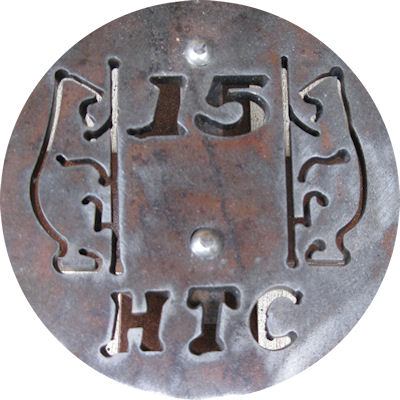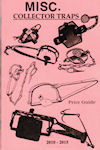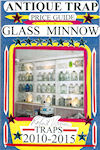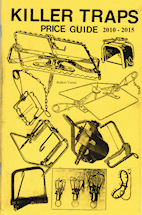
|
The fur trade has existed for at least six thousand years. At the Museum of Archaeology in Philadelphia, there is an advertisement dated before Abraham offering choice lion and tiger pelts for one ounce of silver. At the time this was worth twelve cows or two slaves. In America, the first known documentary record of the steel trap begins with the Thomas Tusler properties of Salem, Massachusetts in the 1650's.
The first traps were made in England and France and came over on supply ships. At this time, traps were few and far between. Early trappers would take most of their fur with flint-lock muskets, snares, and deadfalls. The Native Americans used their bows along with snares. A good trapper would take one hundred to three hundred beavers in a season, along with otter, fisher, mink and other pelts.
By the year 1730, the hand forged traps were being made by several blacksmiths in the Eastern States and became an important part of the fur trade. Many of the earliest types were crude and heavy, and with springs that would break in the bitter cold.
Traps were shipped down the Ohio River and up the Mississippi and Missouri Rivers. Many were recovered in old shipwrecks and are now in museums. The beaver trade reached an all-time high in the early 1800's with many trappers moving west, covering ground explored earlier by Lewis and Clark in 1804. The Mountain men hunted and trapped from early fall until spring, living in log cabins and traveling by way of horseback and canoe. Many of these are well known in history, such as Kit Carson, "Old Bill" Williams, Jim Bridger, Jebediah Smith, and others.
The Northwest Company, St. Louis Fur Company, and the Hudson Bay Company, were the largest fur traders. The trappers would often trade extra flour, salt, gun powder and knives to the Indians for pelts, blankets and flint. Many of the trappers would also trade to the Native Americans for their women.
In the late spring, the trappers would travel often one hundred miles or more to the nearest settlement to meet at the annual rendezvous to sell their pelts and buy supplies for the following year. After the rendezvous, they would return to the wilderness, often moving to new land, untrapped by man. New cabins were built, meat dried, and wood cut for the long winter months. The fur trapper's life was hard, and often short. All he owned and needed could be packed on one or two pack horses. The supplies were mostly two guns, powder, knives, an axe, salt, flour, flint, blankets, about six or eight hand forged traps of around #4 size, and some small items to trade with the Natives.
The fur trapper, without an extra horse, gun or axe, had little chance of coming out alive from the winter months. Many of these early trappers disappeared and were never heard of again...
|
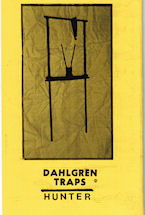
$19.99
|
